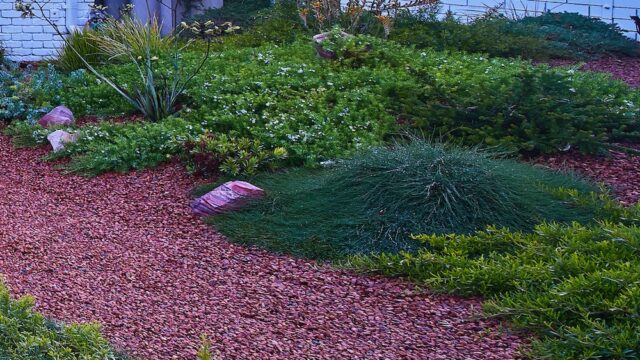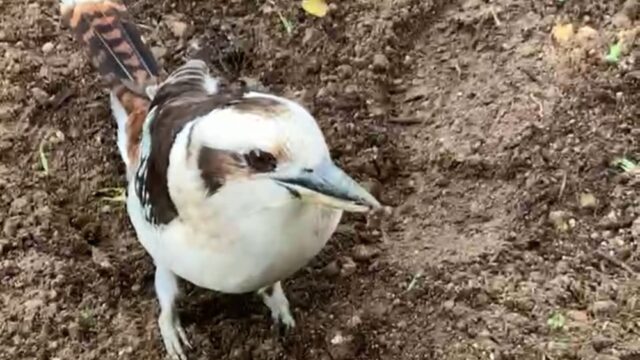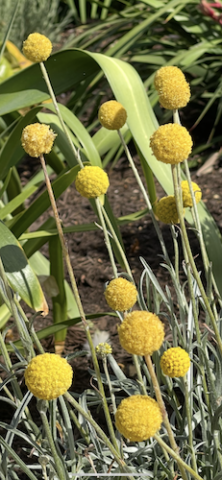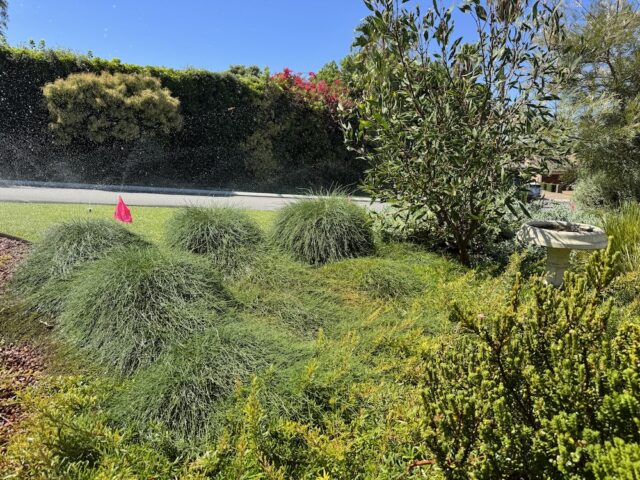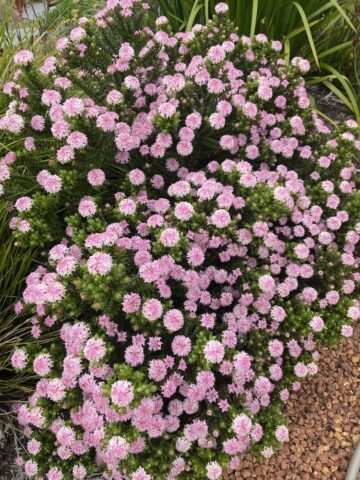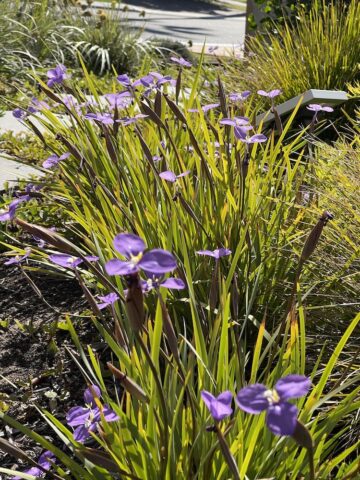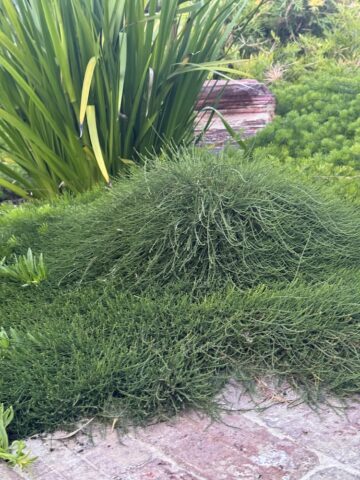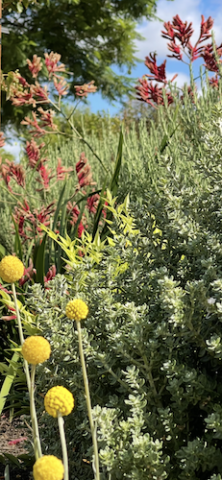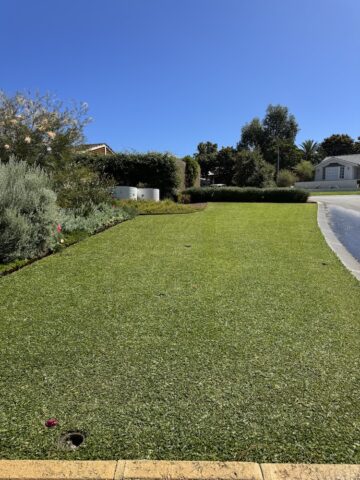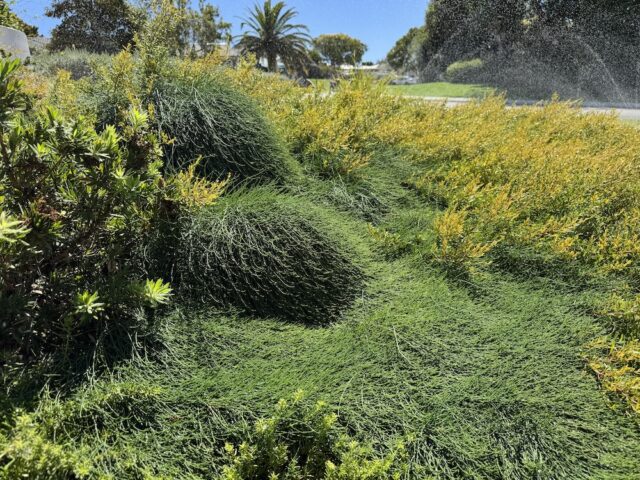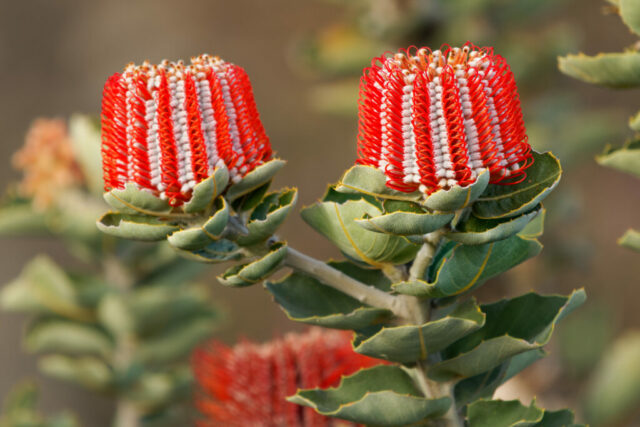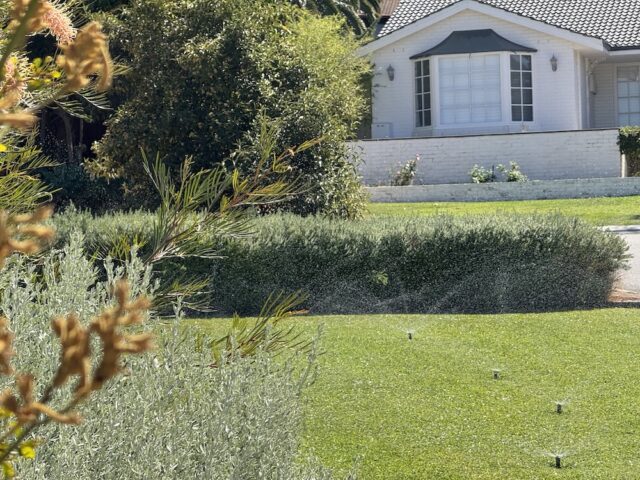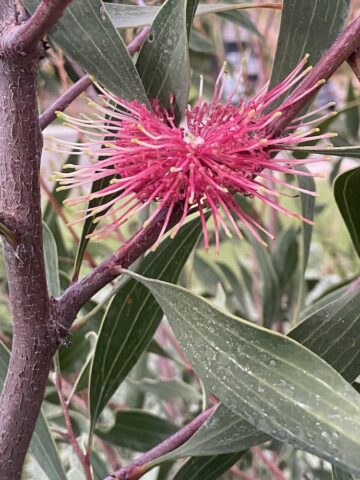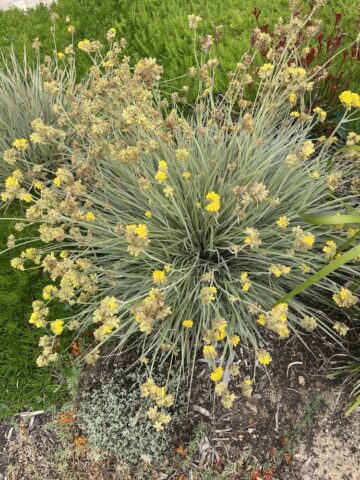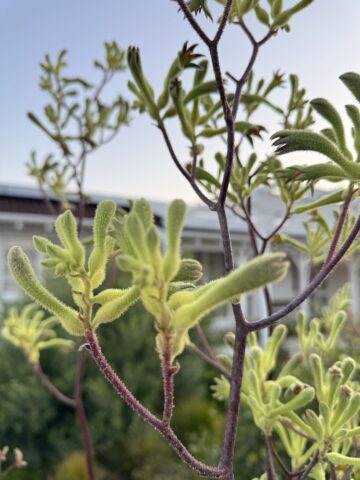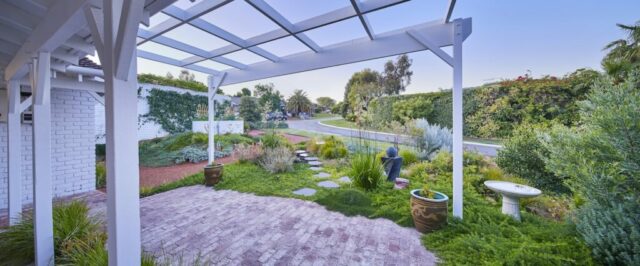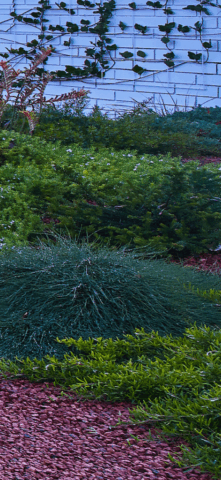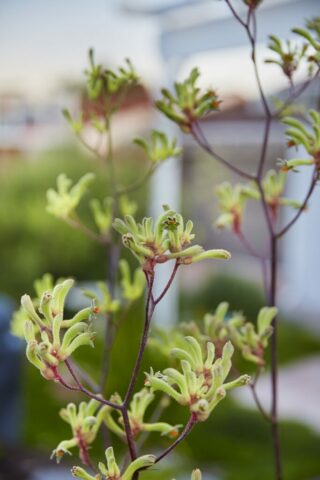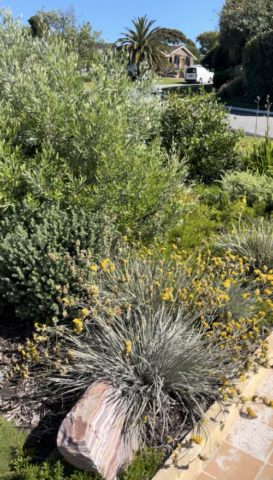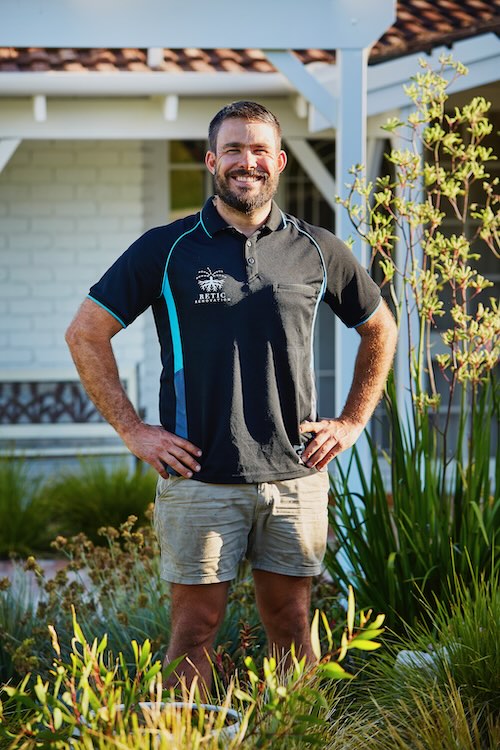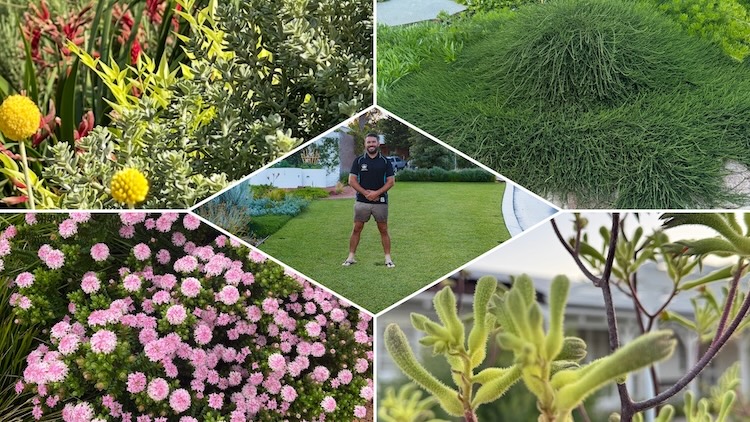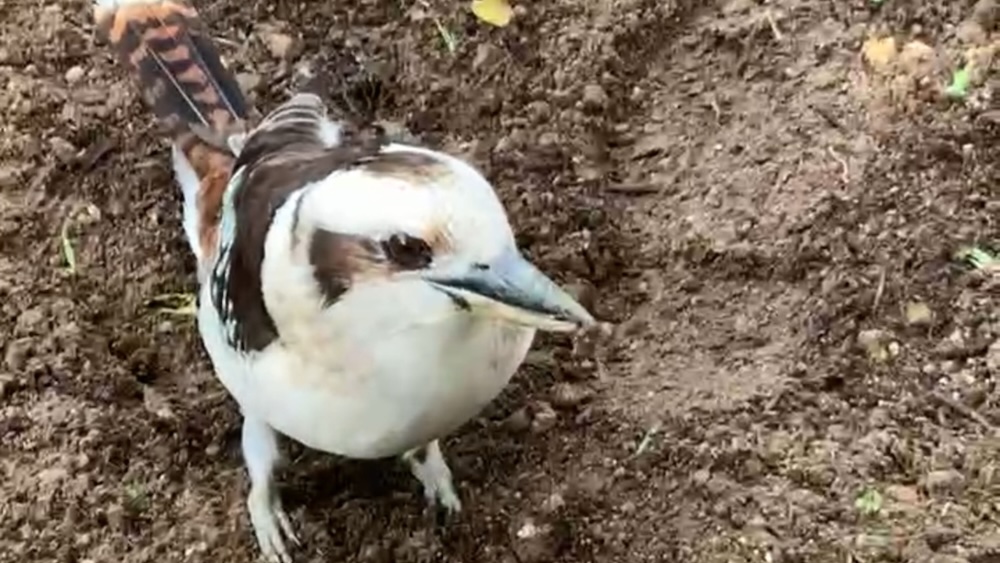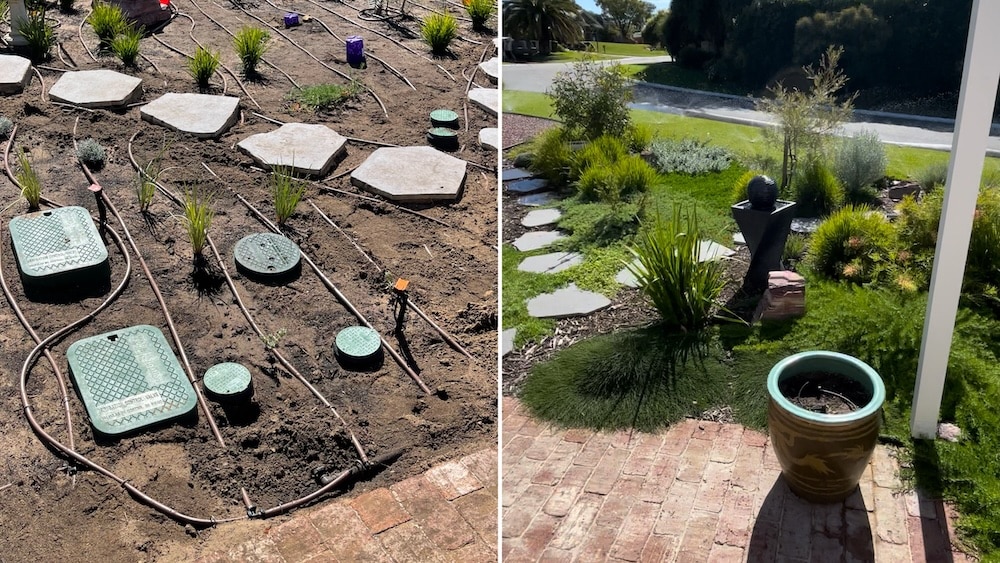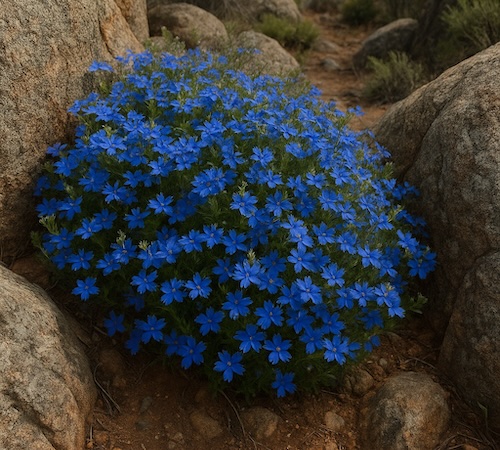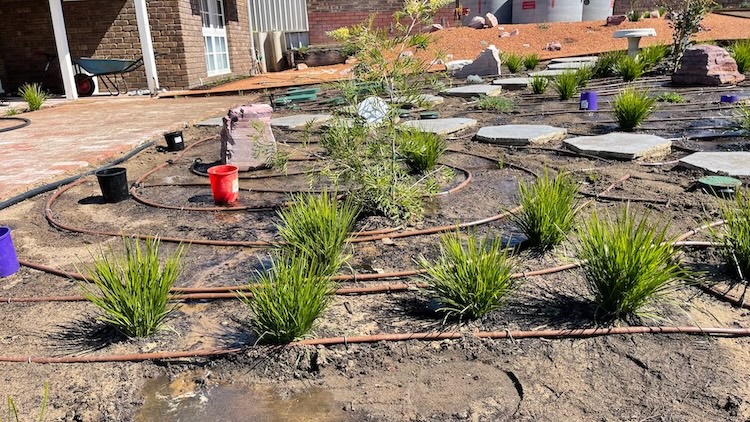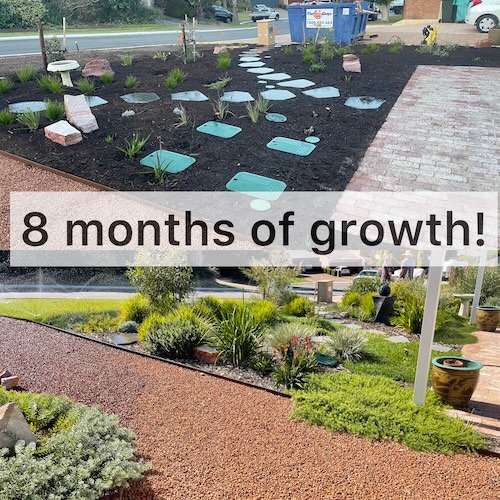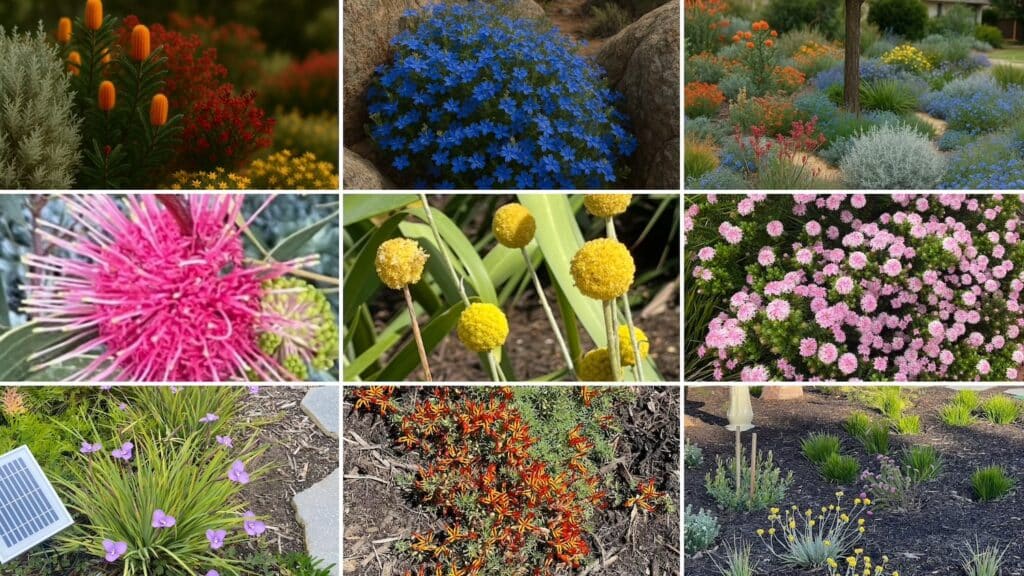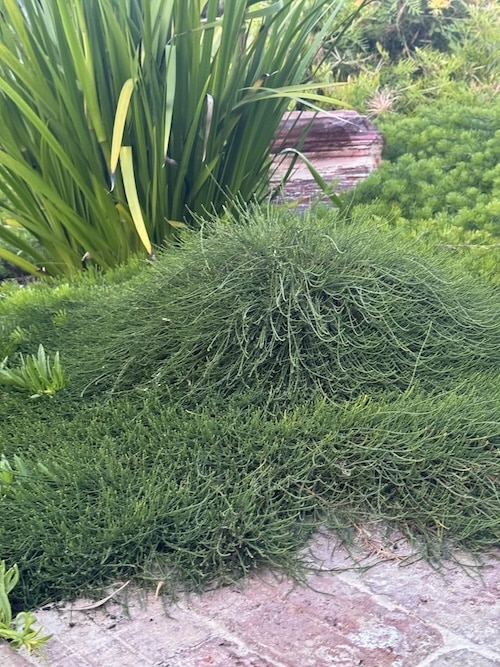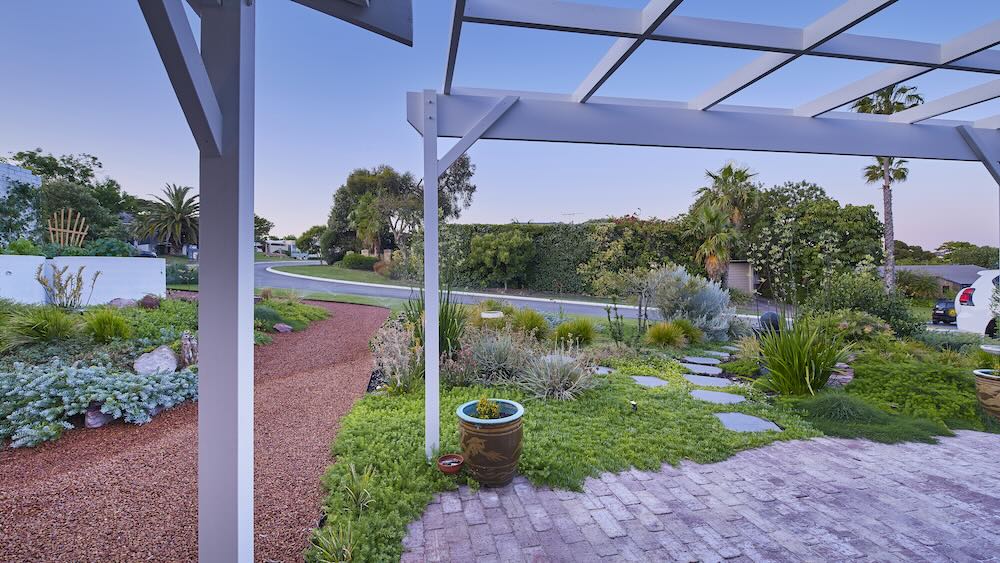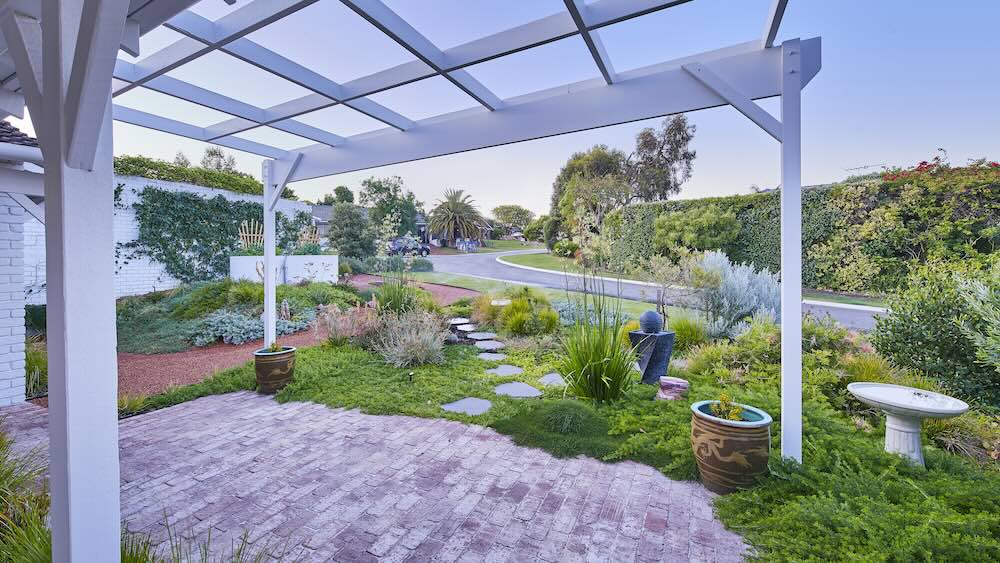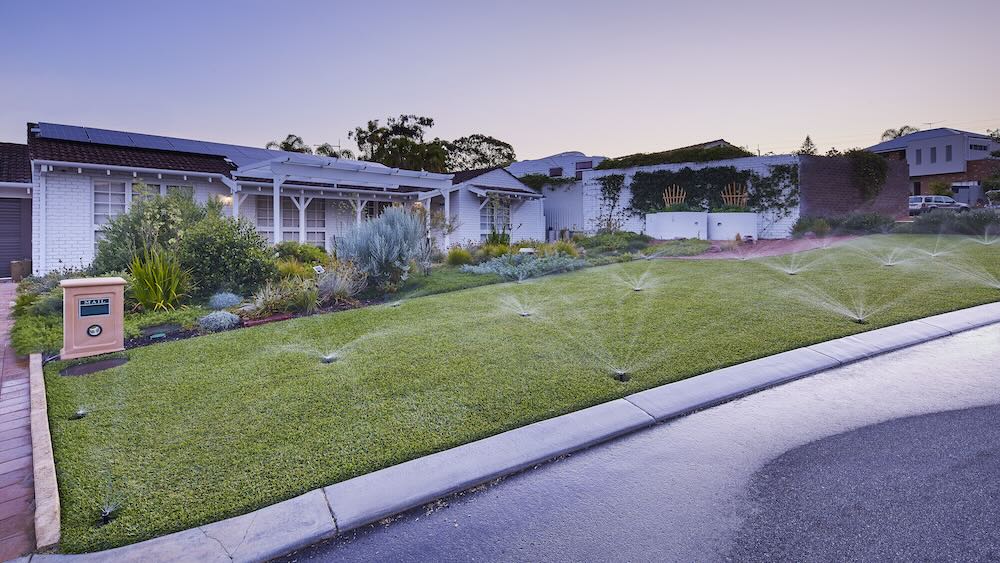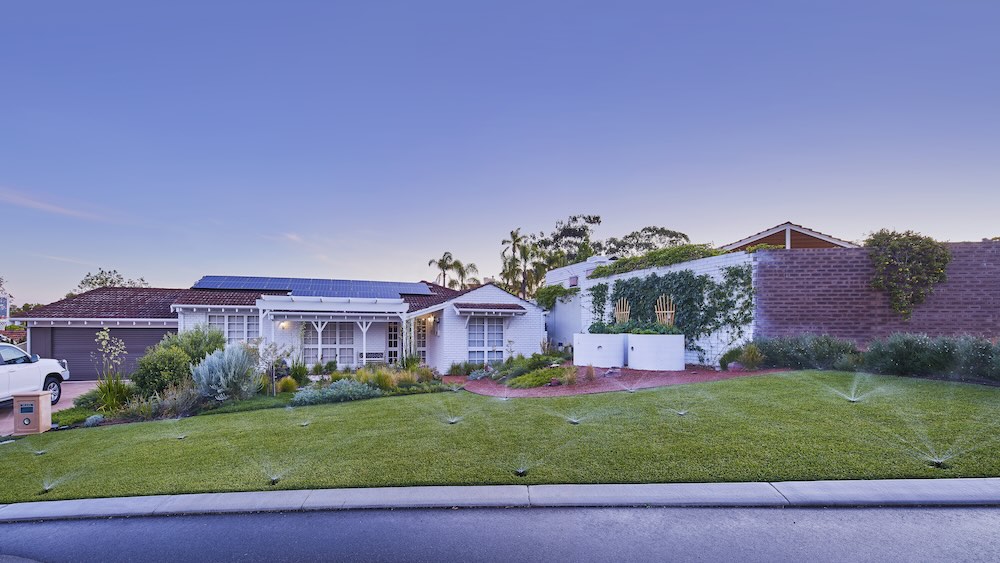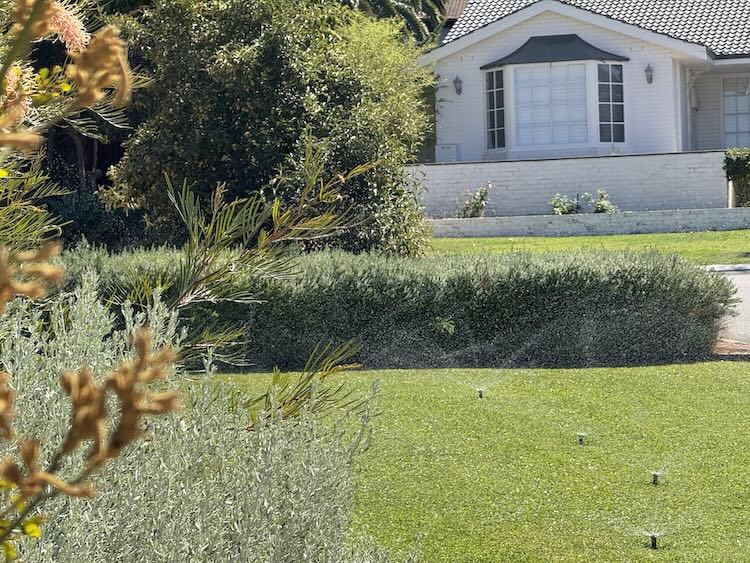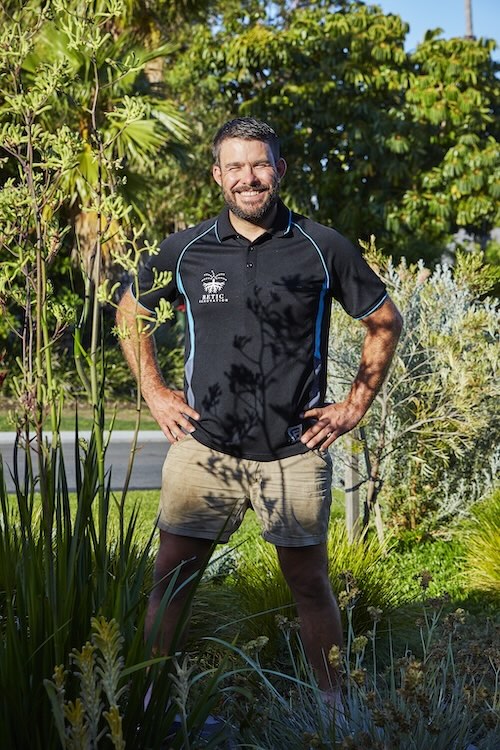The Importance of Proper Garden Design
When it comes to native garden design, one of the most important things to consider is how the garden will look in the future. What will this space become in five years’ time? How will trees mature, how far will shrubs spread, and how much shade will be cast as everything grows?
Visualising the mature garden before planting is essential. This step shapes the entire layout — what plants go where, how they’re grouped, and how your garden will evolve over time. Unfortunately, this level of thought and planning isn’t something that can be done through a quick, free quote — and to be fair, no one has the time or experience to provide that kind of value for nothing.
Native gardens need to be designed carefully. The right species need to be selected for the space, zoned according to their water requirements, and placed in areas that suit their light and soil preferences. It’s not just about now — it’s about what that space becomes as it matures.
This is where landscape design comes in.
Designing a garden isn’t just about creating something that looks good on day one — it’s about setting it up to thrive long-term. That takes time, experience, and an understanding of both the plants and the environment they’re going into.
For us, the garden is the true feature. And great gardens don’t just happen by chance. They are the result of proper planning — and there’s a cost involved in doing that well.
What we generally do is provide a quote for the design of the garden. Once the design has been created — with plant placement, layout, and zoning all carefully considered — we can then provide a detailed quote for the installation of that specific design.
This two-step process ensures that the installation quote reflects the actual scope of work required, not a guess. It also ensures your investment results in a garden that will work, last, and look amazing for years to come.

